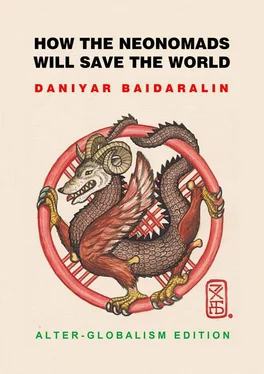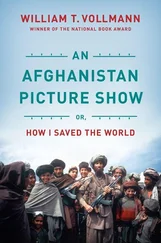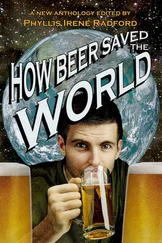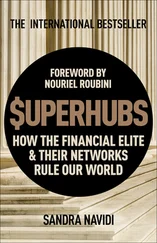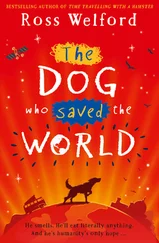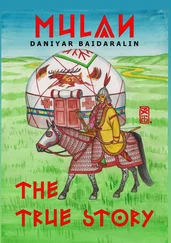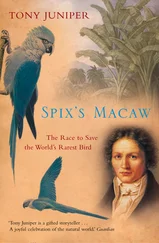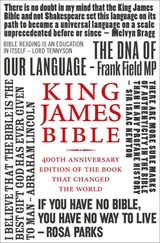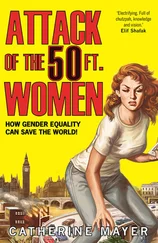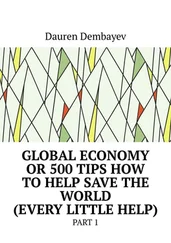Fortunately, these changes happened slowly enough for people to adapt. As a result, some people learned to rely on cattle-breeding at first as a subsidiary, and later as a substitute alternative to agriculture. Thus the first semi-nomadic economic models appeared, where parts of extended agrarian families were part-time or mainly cattle-breeders. Later on this specialty lead to a development of seasonal pastoralism, where some families would drive their herds to summer pastures and only return home for winter.
The herds grew in numbers, providing the herdsmen with meat, fats, dairy, wool, and leather. These goods were then exchanged for products of agrarian economy in settlements, thus giving the nomads what they couldn’t produce on their own. This early exchange of goods signified the future relationships between the nomadic civilization and settled civilizations in Eurasia that remained valid until the 20 thcentury, and even still exist today in Mongolia and Northern China.
Soon enough the herdsmen invented ways of full-time, year-round pastoralism. After a few generations, the families of herdsmen gradually became fully independent, and started developing their own type of society, with independent chiefs, military, courts, and other societal institutes. Some even went as far as to completely severe their ties with the agrarian relatives, others tried to live close to them and trade. This allowed for greater freedom in choice of pastures and grasslands, and led to full-blown nomadic pastoralism, which I call the Nomadic Revolution.
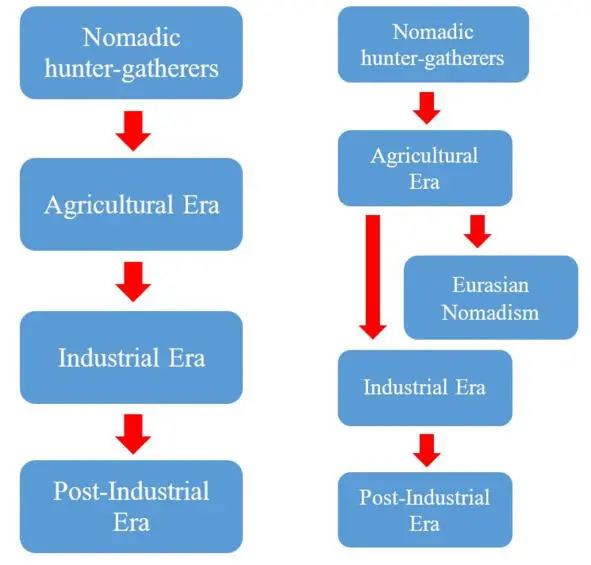
The Nomadic Civilization: modern perception (left) vs true science (right)
The ENC was born in the Bronze Age, it stemmed from the agrarian society, and it existed in parallel to SC for three millennia. And it was successful! There are numerous historical facts that clearly spell the advantages of the ENC over the SC. When the nomads were on the rise, they built their empires in a blink of an eye, and no SC nation could resist them. And they’ve done it time and again, century after century, for thousands of years. Many European, Middle-Eastern, Slavic, Russian, Chinese, Indian, and Iranian dynasties were EN in origin. Please read Appendixes for more detail.
Only in the Modern Era the advancement of technologies and following growth of economic powers allowed the SC nations to finally stall the advancement of the EN, and then gradually turn the tide and start pushing them back into the Great Steppe. Particularly helpful was the invention of gunpowder weaponry, which lead to a mass supply of cheap SC soldiers, who were able to overwhelm the elite EN cavalry.
This process was helped greatly from inside the ENC by endless civil tribal wars that weakened the EN. But even then this process took a few centuries. The EN society was so strong and resilient that it was able to resist the growing powers of the SC nations, which surrounded the Great Steppe from all directions by an ever-tightening rim. Russia was pushing from the north, China from the east, Central Asian Islamic states from the south, and Iran and Europeans from the west. I call it the SC Rim.
Finally, it seemed that the ENC was finished, and finally met its evolutionary dead-end. The SC, finally ridding of the millennia-old threat, proclaimed an ultimate victory, and the ENC was forgotten and written off from the history of humanity. Such was the great fear that even today, after the ENC seized to exist, only a handful of scholars know the truth that remains hidden from the majority.
But is the Nomadic Civilization really dead, forever? I dare to beg to differ and am going to argue this point further in this book. Not only I believe that the history of the NC is far from being over, I even think that this is the only possible way for the humanity to evolve in the future, and remain relevant and prosper.
Cattle-breeding economy
In order to understand the nomadic civilization better, we need to first understand its economics. It’s fairly simple in the core: the cattle, mostly sheep, horses, and camels, and sometimes goats and cows, eat on wild grasses of the seasonal pastures. As the pastures run out of grass due to overgrazing and drying from seasonal temperature rises, the cattle is moved to next pastures that are still full of the fresh grass. This keeps cattle alive and multiplied in numbers by breeding.
The nomads basically simply follow their cattle herds, and make sure it happens in an organized manner. This closely mimics the great animal migrations in Africa, where millions of zebras, antelopes, and other animals move in the same manner chasing the seasonal pastures. But in the Great Steppe, this took a more structured, man-made form. The herdsmen watch after their cattle, defend them from wolves, cattle-thieves, and other dangers. They also ensure to pick the best routes with watering places, and ward off any possible threats, allowing the herds to roam in a relative comfort.
In exchange the cattle provides the herdsmen families with meat, fats, dairy, wool, leathers, bone, sinew, horns, hooves, and other valuable materials that sustain human lives and production, and feed the economy. The nomads were always careful in using their live wealth, and made sure that not a single fiber of wool goes to waste. The nomadic consumption of cattle was 100% waste-free. Even the cattle dung was dried, stockpiled, and used as fuel to make fire.
Some of the EN always led semi-nomadic lifestyle in areas of the Great Steppe where such economics were possible. One of them being the region where I live – the Almaty Oblast, or Jetysu Region (the Seven Waters in Kazakh language). This region has high mountains and flat steppe right next to each other, creating a unique landscape. The mountain footings in the south of Almaty City allowed for agrarian economy, while the plains in the north were ideal for nomadic pastoralism; all within a few miles distance. Also there were pockets of fully-agrarian societies that lived among the Eurasian Nomads too.
The cattle was, of course, the main source of food. Meat was consumed regularly and by all nomads regardless of their social status; unlike that of the SC nations where meat was a privilege of the rich and powerful. The cattle also supplied the nomads with dairy products: most prominently the delicious fermented horse milk called qymyz and gourmet camel milk called shubat , along with many others. In Mongolia, where the local nomads traditionally have more cows, they make many types of dairy products from cow milk, such as airan , and a few types of milk alcoholic beverages.
This is the basic nomadic economy in a nutshell. It was not complicated in principle, but of course it required tons of expertise on a practical level. The nomads knew everything there is to know about their cattle, given the pre-Industrial technologies. They knew when to move to new pastures, best routes, watering holes, mating and breeding times, sicknesses and cures, as well as the best ways to shear, slaughter, and cut meat. The nomadic cuisine in a pure form contained mostly meat and dairy products, of which the nomads invented many delicious dishes. These dishes were enriched with either natural foods, such as plants, roots, fish, and etc., or with what the nomads could trade off with the SC nations: grains, vegetables, and etc. I write more about the nomadic traditional cuisine in Appendixes.
The Eurasian Nomads developed their own way of production and industries. Some were advanced and happened for the first time in the Great Eurasian Steppe. For example, the metallurgy. The EN were the first to discover large deposits of metal ore in Altai, Central and Northern Kazakhstan. Most of them are still being extracted today on an industrial level.
Читать дальше
